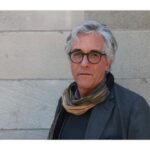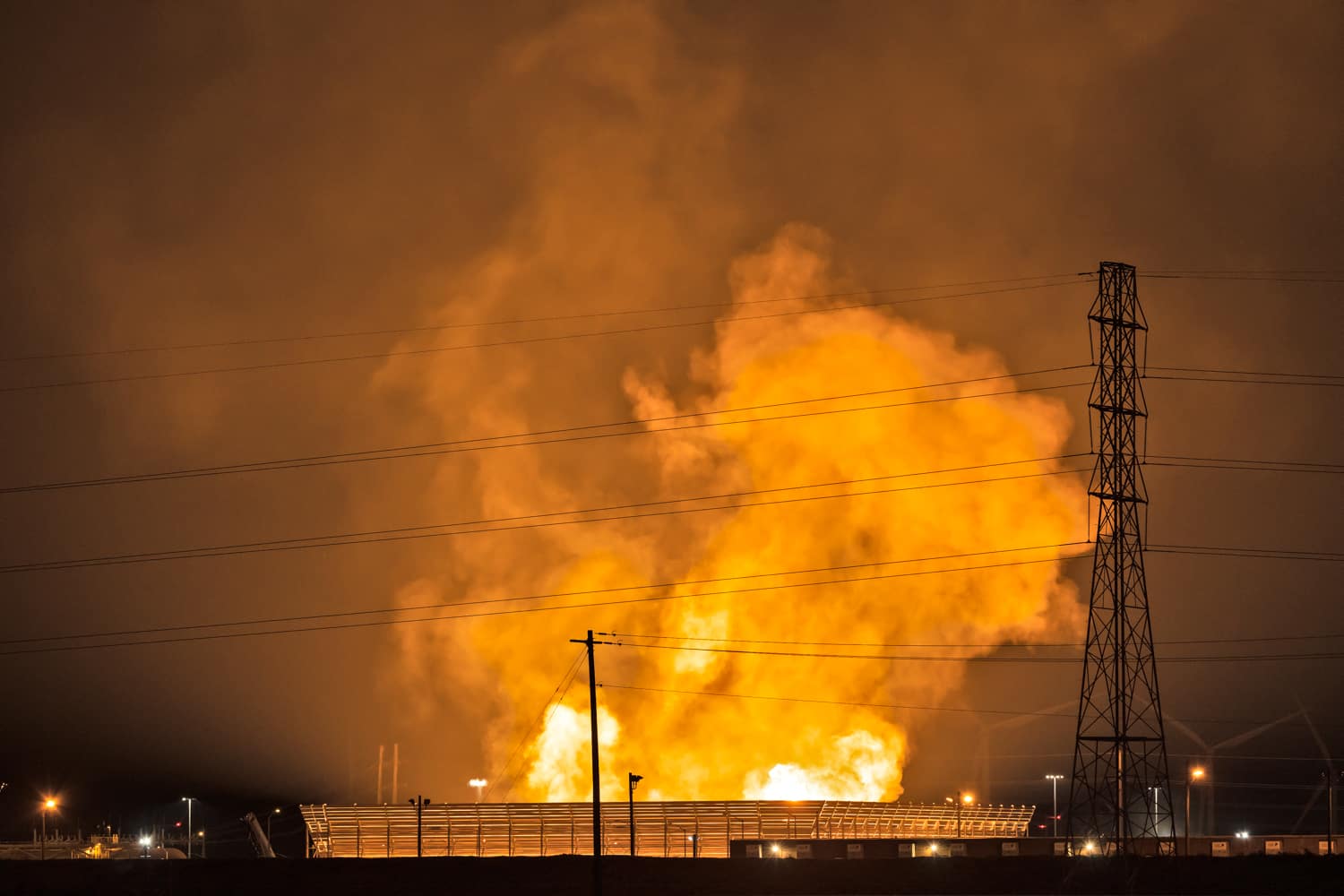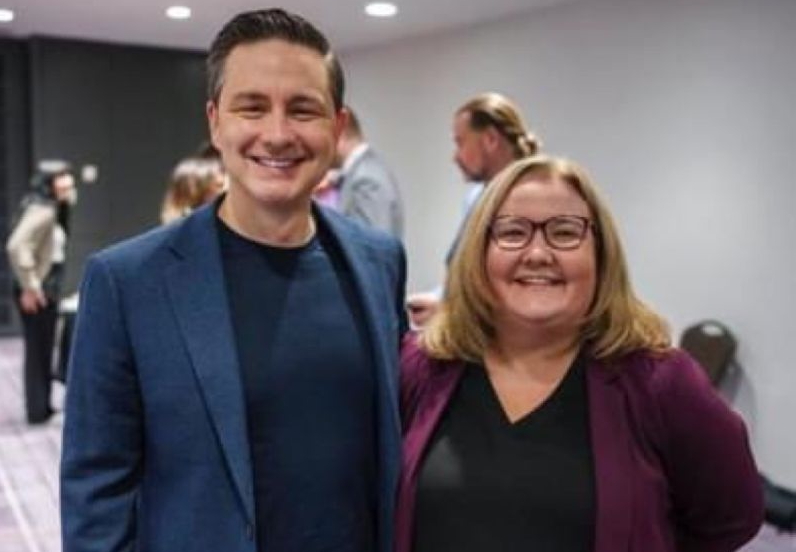This story was updated July 15, 2022.
The flares started last December, an event Errol Summerlin, a former legal-aid lawyer, and his neighbors had been bracing for since 2017. After the flames, nipping at the night sky like lashes from a heavenly monster, came the odor, a gnarled concoction of steamed laundry and burned tires.
Thus did the Saudi royal family mark the expansion of its far-flung petrochemical empire to San Patricio County, Texas, a once-rural stretch of flatlands across Nueces Bay from Corpus Christi. It arrived in the form of Gulf Coast Growth Ventures (GCGV), a plant that sprawls over 16 acres between the towns of Portland and Gregory. The complex contains a circuit board of pipes and steel tanks that cough out steam, flames and toxic substances as it creates the building blocks for plastic from natural gas liquids.
The plant is the first joint venture in the Americas between Saudi Basic Industries Corp., or SABIC, a chemical manufacturing giant tied to one of the world’s richest royal families, and Exxon Mobil, America’s biggest energy company. Exxon Mobil built its wealth on drilling for and refining oil, SABIC by making petrochemicals. As climate concerns lead to a slow but steady decline in the demand for oil, the companies’ collaboration represents a shift by the fossil fuel industry. Rather than transforming the fossilized remains of organisms into gasoline and other motor fuels, the Texas plant breaks apart the molecular structure of oil, through a process called cracking, which turns it into the primary ingredient for car seats, single-use plastic bags, plastic coffee cups and much more.
“It became apparent to me that the fossil-fuel industry is moving toward plastic because they’re losing market share in transportation and energy generation,” said Judith Enck, a former regional administrator with the U.S. Environmental Protection Agency who now leads the advocacy group Beyond Plastics and teaches at Bennington College.
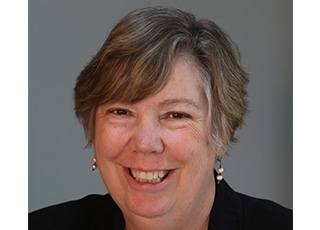
One primary player in this shift is the House of Saud, the royal family that has ruled since 1902 and named Saudi Arabia in 1932. The family has moved to diversify its economy and the products that come from its vast reserves of oil. The costs and consequences of this diversification ripple far beyond Riyadh, to Texas’ San Patricio County and communities abutting other SABIC facilities in the U.S.
***
SABIC is a $40 billion company that manufactures chemicals, fertilizers and plastics and is owned by Aramco, the world’s largest oil company. In May, Aramco became the world’s most valuable company — generating tens of billions of dollars in profits yearly to the Saudi royal family and its kingdom.
How the Saudi royals leveraged their way into American plastic is an indicator of the blurring between state and family that has long characterized the kingdom.
In January 2016, Mohammed bin Salman, then the deputy crown prince, announced that Aramco would be open for the first time in history to an initial public offering, or IPO; 5% of its shares would be made available on international financial markets. But in 2018, in a rare rebuke to his son and now his designated heir, King Salman reversed the crown prince’s plans. The king was wary, it was reported at the time, of opening the kingdom’s economic flagship to the transparency and scrutiny required of publicly traded companies. Efforts in motion by some of the world’s largest financiers, eager to profit from what was claimed to be a trillion-dollar asset, were stopped in their tracks.

Aramco pivoted from the thwarted IPO and announced its intention to purchase a 70% interest in SABIC, already a major global producer of plastics and petrochemicals, for $69 billion. SABIC was owned at the time by the Saudi Public Investment Fund (PIF), whose board chairman is the crown prince. The deal would shift funds from one royal-controlled arm of the government, Aramco, to another, the PIF. Karen Young, an analyst at the Middle East Institute in Washington, D.C., has characterized the fund as “the crown prince’s parallel Saudi state.”
By the end of 2019, Aramco would go through with a far more limited IPO, in which 1.5% of its shares were made available for purchase only on the Saudi stock market, the Tadawul, which has less rigorous disclosure standards than other international exchanges. That IPO plowed almost $30 billion into Aramco. Thus the crown prince and the royal family profited on both sides of the deal: Almost $70 billion was channeled into the PIF, of which the crown prince is board chairman; and new investments worth billions were channeled into Aramco, of which 98% of the shares are owned by the government of Saudi Arabia.
Aramco, the company sitting on the world’s second-largest pool of oil reserves, took majority control of SABIC, one of the world’s top five petrochemical companies, in June 2020. After the deal was completed, a company news release stated that the transaction “enhances Aramco’s presence in the global petrochemicals industry, a sector expected to record the fastest growth in oil demand in the years ahead.” Indeed, the International Energy Agency predicts that by 2030 petrochemicals will account for more than a third of the growth in world oil demand, and for almost 50% of demand by 2050.
***
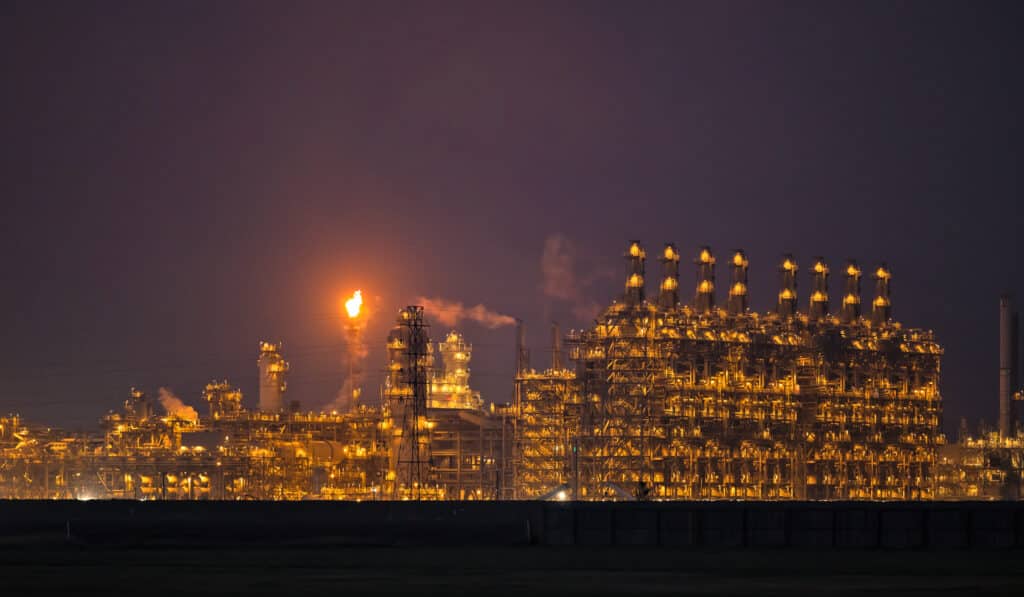
The GCGV facility in San Patricio County is called an ethane steam cracker because it heats light hydrocarbons such as ethane and propane to as much as 1,560 degrees Fahrenheit, a process of intense compression and decomposition that “cracks” apart the molecules to create ethylene. Ethylene is converted into polyethylene, a basic ingredient of tiny plastic pellets known as nurdles. Nurdles are molded and reheated into a variety of shapes to create products, such as plastic bags and beverage containers. After what is often a single use, these non-biodegradable products can clog waterways; drift on ocean currents, entangling marine mammals and birds; and accumulate in landfills.
Even before the Texas complex opened, SABIC owned seven manufacturing plants in five U.S. states. SABIC facilities in Indiana, New York, Illinois and Alabama reported leaks of chemicals associated with cancer, fetal mutations and respiratory ailments, according to the EPA’s Toxics Release Inventory (TRI). In Ottawa, Illinois, for example, according to the TRI, between 2016 and 2020, a SABIC facility producing plastic resins released an average of 120,512 pounds of styrene each of those five years. Styrene is classified as a possible human carcinogen by the World Health Organization’s International Agency for Research on Cancer (IARC) and can cause problems such as memory loss, confusion and slowed reflexes, even at low levels.
Last September, the New York State Office of Emergency Management was forced to grapple for days with a plume of styrene vapor leaking from a train car at the SABIC Innovative Chemicals facility in Selkirk. The plant makes, among other things, the plastic additive bisphenol-A (BPA), a neurotoxin and an endocrine disruptor that can contribute to declining sperm counts in men. After an investigation, the agency levied a $322,400 fine in April against the company for the leak.
In Mount Vernon, in southern Indiana, the SABIC Innovative Plastics facility released an average of 22,690 pounds of ethylbenzene each year between 2016 and 2020. Ethylbenzene is used in the production of styrene and can cause nose and throat irritation and damage to the inner ear. IARC defines it as a possible human carcinogen. The same facility was cited by the EPA for corroded valves and pipes, from which leaked BPA and phosgene, developed as a nerve gas during World War I and now used as an ingredient in the manufacturing of pesticides and plastics.
Altogether, between 2016 and 2020 the company’s facilities in the U.S. were among the top emitters of at least seven toxic substances documented by the TRI. Those substances include BPA and 1,3-butadiene, a byproduct of plastic resin production classified as a known human carcinogen by IARC.
Over the last decade, SABIC has paid over $1 million in fines for violating EPA and Occupational Safety and Health Administration regulations for toxic releases at its facilities in Selkirk, Mount Vernon and Burkville, Alabama.
Susan Richardson, a SABIC spokeswoman, said in an email that the company “is committed to protecting and improving the environment in which we operate. As part of this effort, we adhere to the EPA’s TRI reporting requirements and submit the required data to the EPA. As a company we value and are committed to safety.”
In Texas, since the end of December, the GCGV plant has reported eight “emission events,” defined by the Texas Commission on Environmental Quality (TCEQ) as “unscheduled” and “unauthorized” releases of air contaminants. One event lasted for 24 hours, another for 74, another for more than 300. The most recent was on June 16, when the facility reported releasing 478 pounds of nitrogen oxides, a potential contributor to respiratory disease. On May 3, it released 572 pounds of benzene, a known carcinogen.
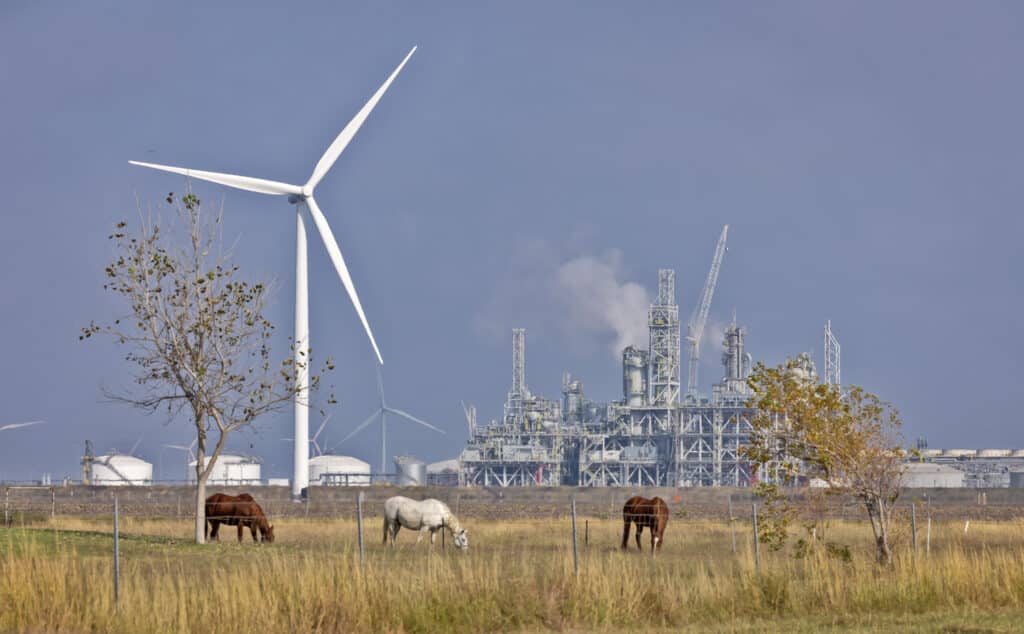
Richardson referred questions about the events to a spokesperson for Exxon Mobil, the day-to-day operator of the facility. The spokesperson, Julie King, said in an email that Exxon Mobil “is continuously optimizing our processes to minimize emissions, enhance energy efficiency and maintain the highest standards for environmental care. We operate under a stringent state and federal regulatory system, and report emissions to the EPA and TCEQ in a consistent and timely manner in accordance with all applicable laws, regulations and permits.”
Eight emission events in six months, according to Neal Carman, a former Texas air pollution investigator who now works for the Sierra Club, doesn’t bode well for those who live near the plant. “When you’re breathing this stuff,” he said, “it’s microscopic, less than 2.5 microns in diameter, very tiny. It can fly through your nose, right into your lungs” and “into the most sensitive part of your lung tissue, the alveolar sacs.”
The reported events, he emphasized, were in addition to emissions allowed under a permit issued to GCGV by the TCEQ. That permit states, for example, that 5,944.74 pounds of volatile organic compounds may be released by the facility hourly. Volatile organic compounds (VOCs) include benzene and 1,3-butadiene, as well as toluene, a chemical that can lead to liver and kidney damage and can harm the fetus of a pregnant woman exposed to it.
“The people who live in these frontline communities face a cocktail of pollutants due to their proximity to the facility,” said Dr. Philip Landrigan, a professor of biology and director of the Global Public Health Program and Global Pollution Observatory at Boston College. “People who live near a chemical or plastic plant are not just exposed to one chemical in isolation. If a person is exposed to two or three carcinogens at the same time, the aggregate risk is at least as great as the sum of the individual risks.”
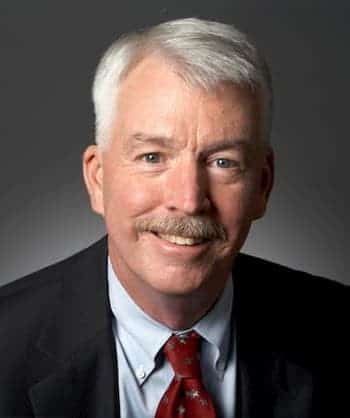
***
Plastic is toxic at every stage of its life cycle, from the volatile compounds used in its creation to its disposal. Many of these synthetic substances are, in the words of one study, “difficult or impossible for nature to assimilate” and degrade the environment. At least 2,400 of the chemicals commonly used in the manufacturing of plastic, according to a study in the journal Environmental Science and Technology, are considered “substances of potential concern” by the European Union’s chemical governing body because of their toxicity, persistence in the environment or capacity for accumulating in humans’ and animals’ bodies. At least 35 have earned the EU’s highest levels of concern due to their status as “very persistent and very bioaccumulative”; hundreds more substances commonly used in plastic production have not been studied.
Plastic producers are also potent greenhouse-gas emitters: The more than 30 ethane crackers in the U.S. — of which GCGV is the largest — together released 70 million tons of greenhouse gases in 2020, according to Beyond Plastics. That amounts to the annual emissions of at least 35 average-sized coal-fired power plants.
While greenhouse gases do their destructive work in the atmosphere, plastic does its damage on Earth. Remnants can be found in the tissues of humans. Nurdles can be found bobbing on ocean currents, clogging the bayous in Texas and Louisiana and polluting almost every beach on the planet. Along the Texas Gulf Coast, a volunteer group embarks on regular “nurdle patrols” to pick up the pellets littering the coastline.
Nor is the toxicity spread evenly. Pollution from plastic production in the U.S. is highly concentrated: Just 18 communities, mostly along the coasts of Texas and Louisiana, absorb the bulk of the contamination, according to a study conducted last year by Bennington College researchers associated with Beyond Plastics. People who live within three miles of these facilities, they found, “earn 28% less than the average U.S. household and are 67% more likely to be people of color.”
A study by the Environmental Integrity Project revealed that even in the case of clear violations in Texas communities, the TCEQ rarely enforces emission limits. Less than 3% of excess pollution violations — collectively responsible for 500 million pounds of illegal air pollutants — resulted in penalties between 2011 and 2016, the group found.
The permitting process for petrochemical facilities offers a glimpse into the amounts of pollution that are legally, and routinely, allowed in places like San Patricio County. Jane Patton, a New Orleans-based organizer with the Center for International Environmental Law, an organization that uses litigation to force compliance with environmental laws, characterizes the regulatory bodies in Texas and Louisiana as little more than rubber stamps for the oil and gas industry. Polluters, she said, “tell the state regulators who issue permits what they’re going to emit, and then they go about emitting it.”
***
In May 2021, the TCEQ issued a permit to GCGV. The permit includes a 15-page list of maximum allowable emission rates for chemicals and gases that the company is allowed to release. The plant can legally release hundreds of pounds an hour of substances like nitrogen oxides, sulfur dioxide, 1,3-butadiene and benzene, from various vents and flares. “The permit allows a huge amount of pollution in this plant,” said the Sierra Club’s Carman. “These are not vitamins and minerals we’re talking about. These are all toxics.”
Errol Summerlin, co-founder of the Coastal Alliance to Protect Our Environment (CAPE), who testified at public hearings opposing the project, says that on some days, he can hear “the grumble of the factory.” On clear nights, he says, he can see the flares burning, releasing a gas cocktail of carbon monoxide and methane.
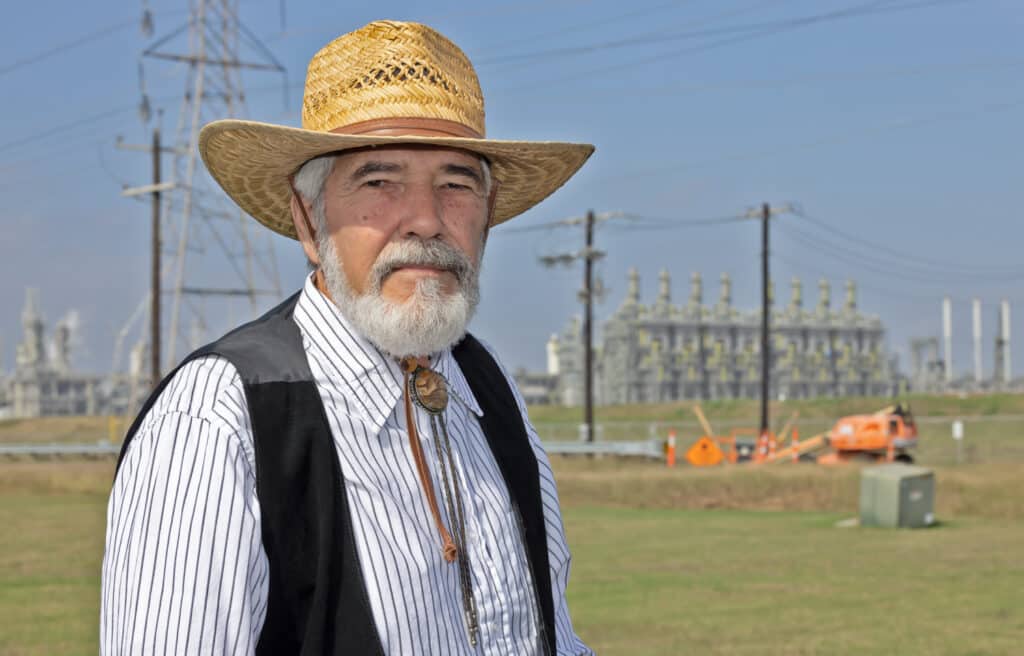
A resident of Portland, Texas, who lives within a few blocks of the plant, said he can smell its discharges from inside his house. He worries about “the stuff you can’t smell, the particulate matter that gets absorbed into your bloodstream.” The resident requested anonymity because he may need to take advantage of a new Exxon Mobil-sponsored program to buy the homes of those who can’t coexist with the plant. Some neighbors have already taken the money and left.
“There are some Third World countries that have better regulations than we do here in Texas,” said Elida Castillo, program director for Chispa Texas, an affiliate of the League of Conservation Voters. She lives in Taft, which abuts the rail line that delivers trainloads of nurdles from the GCGV plant to the port of Houston. Neighborhood Witness, a group she co-founded, is a coalition of organizations that encourages people living near petrochemical plants to monitor and report unauthorized emissions.
The TCEQ did not install any air monitors in the area, according to spokeswoman Victoria Cann. She said in an email that the agency relies on three monitoring stations supported by GCGV and Cheniere Energy, which operates a liquefied natural gas export facility in the area. The monitors are administered by the University of Texas at Austin. “We do not own, operate or maintain the data in these monitors,” Cann said.
The monitors do not offer real-time readouts of emission events, said Jennifer Hilliard, an architect who lives in Ingleside, a city on the coast about nine miles from the GCGV facility, and who volunteers with the Ingleside on the Bay Coastal Watch Association (IBCWA), a nonprofit environmental group. Rather, she said, they aggregate the data every two days, which means they could miss individual releases that could be potentially harmful to residents.
To fill the gap, a citizen-science initiative was launched by two local nonprofits, CAPE and the IBCWA. “We’re forced to do this ourselves because the [TCEQ] has refused to do it,” said Patrick Nye, president of the IBCWA.
The groups hired Jackson Seymore, who is on a Ph.D. track in atmospheric chemistry at Texas A&M University, Corpus Christi. He set up a half-dozen monitors in Portland, Gregory and other locations near the GCGV facility, which started delivering data in mid-May. By early June, the monitors registered a three-hour spike in ozone levels, which, if sustained over time, Nye said, would exceed federal guidelines. Ozone is an ingredient in smog and a respiratory irritant.
The ability to monitor in real time is critical, Hilliard said. Unlike the three monitors sponsored by the companies, the community’s monitors can cross-reference events as they’re happening. “If someone smells something strange or we see an unusual flaring, we can correlate that with the prevailing winds and the monitoring data,” she said.
But the community faces a challenge with its improvised monitors: The sensors they could afford — about $5,000 each — are not nearly sophisticated enough to meet the legal requirements for EPA or TCEQ enforcement. Those monitors can cost 10 times as much, Seymore said. The community groups hope their data can persuade the EPA or the state to install high-quality monitors in the area, now being populated with petrochemical facilities. “In realistic terms, there’s not going to be a magic bullet to solve the community’s fight with the industry,” Seymore said. “But our monitors could be the burglar alarm to get larger interests involved.”
In May, the two groups, along with five other Texas-based environmental nonprofits, submitted comments on the TCEQ’s Annual Monitoring Network Plan, which must be filed with the EPA each year. They demanded more substantive government monitoring of the substances that could present a danger to their health, and accused the TCEQ of doing the “bare minimum” to ensure compliance with federal law. “The Coastal Bend region of South Texas is experiencing rapid petrochemical industrial expansion that threatens both air and water quality in residential areas along Corpus Christi Bay,” the filing reads. “This expansion is affecting the city of Corpus Christi and several smaller Texas cities and towns whose citizens may not be aware of the impact of these plants on their health and the environment. … [W]e are concerned that TCEQ is not taking a holistic and equitable view of the state” in the plan, “leaving many communities who lie in the path of this unprecedented petrochemical expansion unmonitored or under-monitored.”
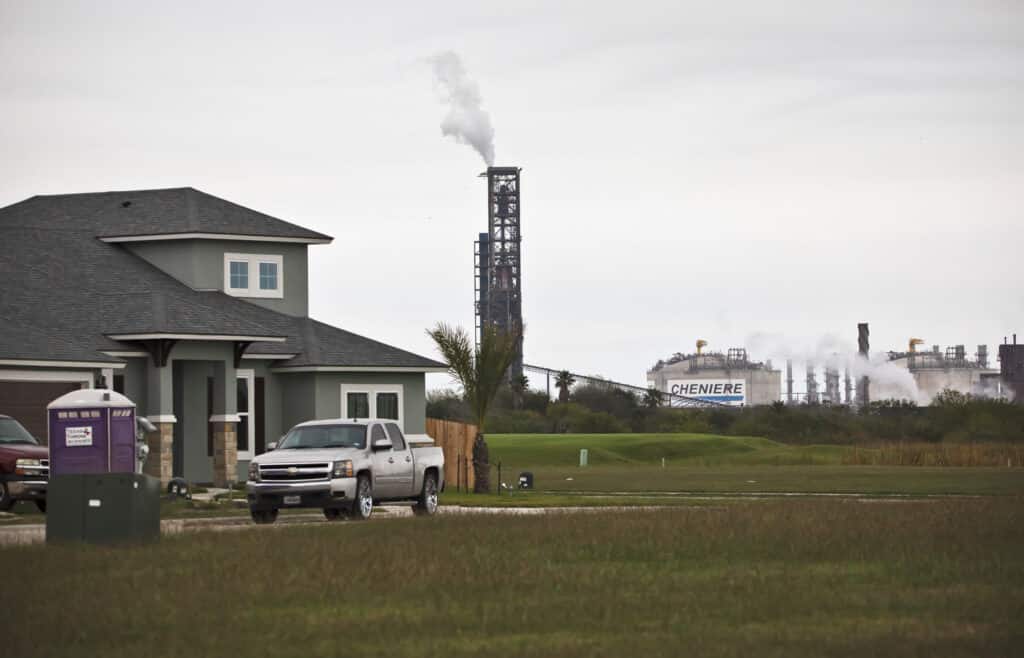
***
It angers Castillo that Exxon Mobil and SABIC — two of the world’s richest companies — received major tax abatements, worth hundreds of millions of dollars, from San Patricio County as an inducement to establish the GCGV facility.
In 2017, before construction began, the San Patricio County Commissioners Court agreed to give SABIC and Exxon Mobil a three-year window in which they would be exempted from all county taxes. In years four through 10 of the agreement, they will pay 30% of what would otherwise have been assessed.
Gary Moore, a county commissioner whose precinct includes the GCGV plant, said that when SABIC and Exxon Mobil first approached the county, “They wanted discounts all the way through history.” The commissioners court insisted on a 10-year limit for the tax breaks. “I didn’t want to let these big guys run all over us,” Moore said.
The companies relented. The area, with easy access to rail lines and the nearby port in Corpus Christi, was well suited to their plans for an ethane cracker. The county is divided roughly evenly between whites and Latinos, with a median family income of about $56,000 in 2020 — 17% below the U.S. median.
Now that the plant is up and running, Moore said, “There’s real cooperation. They’re real community-minded.” GCGV, he said, funded a water-treatment facility in Gregory and contributed to cleaning up a nearby bird sanctuary. Asked about pollution from the plant, he said, “If the TCEQ isn’t upset about it, I’m not going to worry about it.”
In a separate agreement with the Gregory-Portland Independent School District, SABIC received an abatement deal that guaranteed the company a reduced property tax for the first 10 years of the project that would max out at a $30 million valuation, although the facility itself is valued at more than half a billion dollars. Exxon Mobil signed a separate and similar deal with the county.
Gregory-Portland ISD superintendent Michelle Cavazos wrote in a statement that the agreement “was financially beneficial for our school district and its taxpayers in a situation when we knew the company would heavily impact our tax base (with or without an agreement).” Because of residents’ “concern for environmental changes in our local area,” GCGV agreed to install two air monitors on school district property, Cavazos wrote, and established a community advisory panel, on which she sits.
Spokespeople for Exxon Mobil and SABIC did not respond to questions about the tax abatements.
Castillo is still angry about the deals. “They’ve got billions of dollars,” she said. “That’s nothing like the average person has here.”
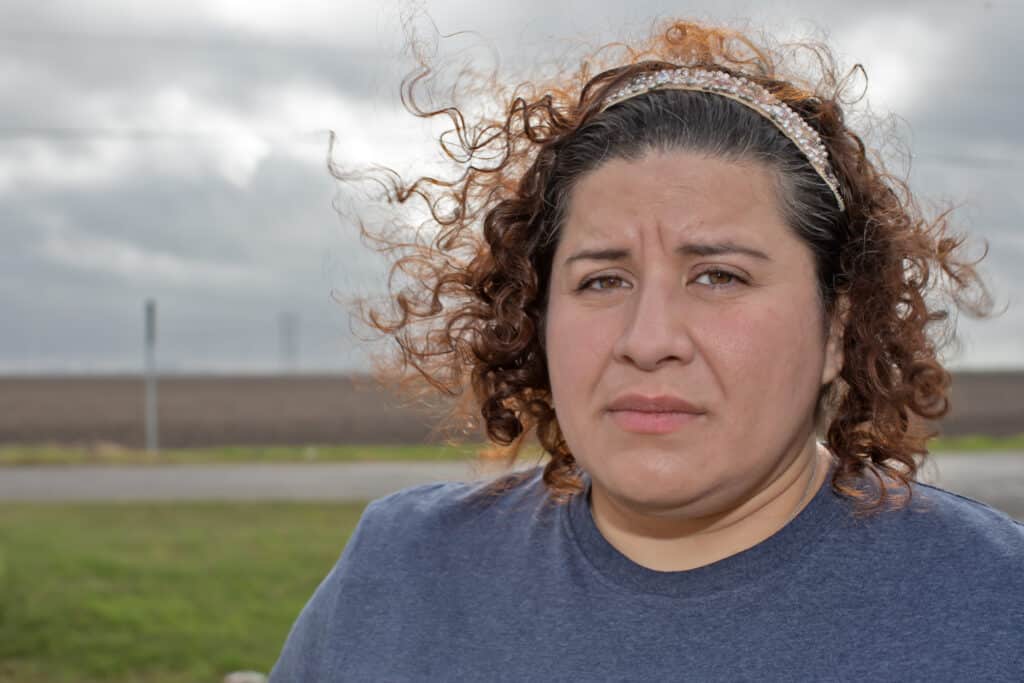
***
Construction of the GCGV plant, composed of 30,000 metric tons of modules built in China and Mexico, involved a partner – the China State Shipbuilding Corp. (CSSC) – sanctioned in an executive order by President Biden last year for its ties to the People’s Liberation Army. The order, issued just after the biggest modules arrived in Texas, prohibited U.S. persons from buying securities issued by CSSC and 45 other entities to “ensure that U.S. investments are not supporting Chinese companies that undermine the security or values of the United States and our allies.”
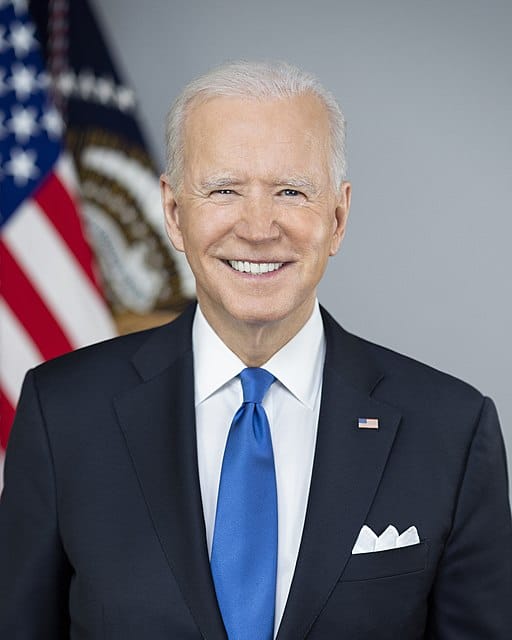
Biden promised a similarly hard line against Saudi Arabia while running for president, when he suggested during a debate in November 2019 that he would make the nation’s leaders “pay the price” for their role in the killing of Saudi journalist Jamal Khashoggi. Biden said there was “very little social redeeming value in the present government in Saudi Arabia.”
Khashoggi, a columnist for The Washington Post, had criticized Crown Prince Mohammed for his repressive human-rights policies in several Post op-eds.
Khashoggi was beheaded and dismembered at the Saudi embassy in Istanbul on Oct. 2, 2018.
In June 2019, Agnes Callamard, a United Nations human rights investigator, announced the results of her inquiry into the Khashoggi murder and asserted that it had been carried out by Saudi agents at the direction of the crown prince. It “is inconceivable,” she concluded, “that an operation of this scale could be implemented without the crown prince being aware, at a minimum, that some sort of mission of a criminal nature, directed at Mr. Khashoggi, was being launched.”
When candidate Biden vowed to make Saudi Arabia a “pariah” the following November, the royal family was already expanding its U.S. footprint. Its fossil-fuel legacy now stretches from the Ghawar oil fields in Saudi Arabia to the Coastal Bend of Texas and beyond.
Biden is to meet with the crown prince Friday in the Saudi port city of Jeddah to discuss increasing oil exports to offset the impacts of the war in Ukraine, and, as he put it in a Post op-ed, “to strengthen a strategic partnership going forward that’s based on mutual interests and responsibilities, while also holding true to fundamental American values.” The public health and climate fallout from the Saudis’ big bet on plastics does not appear to be on the agenda.
Correction: An earlier version of this story incorrectly identified Elida Castillo as a community organizer with Chicanos por la Causa. In fact, she is the program director for Chispa Texas, an affiliate of the League of Conservation Voters. Castillo said she does not find nurdles on her lawn or in surrounding neighborhoods, as was reported.
Material Research L3C contributed to this story, which was co-published with DeSmog, Public Health Watch, the Investigative Reporting Workshop, and Grist.
Subscribe to our newsletter
Stay up to date with DeSmog news and alerts

